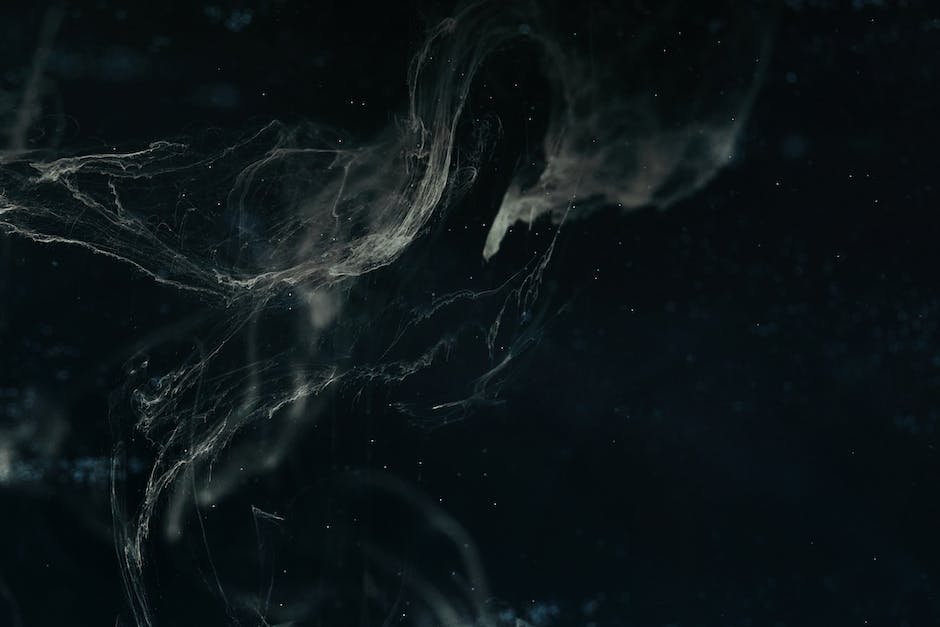Compositing for Visual Effects in Film and Animation is a process that involves combining multiple visual elements from separate sources into a single image or sequence. This technique is widely used in the film and animation industry to create scenes that are either impossible or too costly to capture on film. It involves various methods such as matte painting, chroma keying, and multi-pass rendering. The goal of compositing is to make the combined elements appear as though they are part of the same scene, resulting in a seamless and realistic visual experience for the audience.
Exploring the Art of Compositing for Visual Effects in Film and Animation

Compositing for visual effects in film and animation is an art form that often goes unnoticed, yet it plays a crucial role in creating the magic we see on screen. It’s the invisible thread that weaves together various elements to create a seamless and believable world. Whether it’s a breathtaking cityscape in a superhero movie or a fantastical creature in an animated film, compositing is the key to bringing these visions to life.
At its core, compositing is the process of combining multiple images or sequences into a single image. It’s a bit like making a collage, but instead of using scissors and glue, compositors use sophisticated software to blend together elements from different sources. This could include live-action footage, computer-generated imagery (CGI), miniature models, or even hand-drawn animations. The goal is to create a final image that looks as if it was captured in a single shot.
One of the most common uses of compositing in film and animation is to create environments that would be impossible to film in real life. For example, in the Harry Potter films, compositors used a technique called ‘green screen’ to transport the characters to magical locations. The actors would perform their scenes in front of a green backdrop, which could then be replaced with a digital background during post-production. This allowed the filmmakers to create the illusion of Hogwarts Castle, Diagon Alley, and other fantastical settings.
But compositing isn’t just about creating grand landscapes and epic battles. It’s also used to enhance more subtle aspects of a film or animation. For instance, compositors might add reflections to a character’s eyes to make them appear more lifelike, or they might adjust the lighting in a scene to create a specific mood. These small details can make a big difference in the overall look and feel of a project.
The art of compositing requires a unique blend of technical skills and creative vision. Compositors need to have a deep understanding of how light interacts with different materials, how to match the color and tone of different elements, and how to use perspective and depth of field to create a sense of realism. At the same time, they need to be able to think creatively and artistically, imagining how different elements can come together to tell a story.
In recent years, the field of compositing has evolved rapidly, thanks to advances in technology. Software like Adobe After Effects, Nuke, and Fusion have made it easier than ever to create complex composites. At the same time, the rise of virtual reality and augmented reality has opened up new possibilities for immersive storytelling.
Despite these technological advances, the art of compositing still requires a human touch. It’s the skill and creativity of the compositor that brings everything together, creating a world that draws the audience in and makes them forget they’re watching a film or animation. So next time you’re marveling at a stunning visual effect on screen, take a moment to appreciate the art of compositing that made it possible.